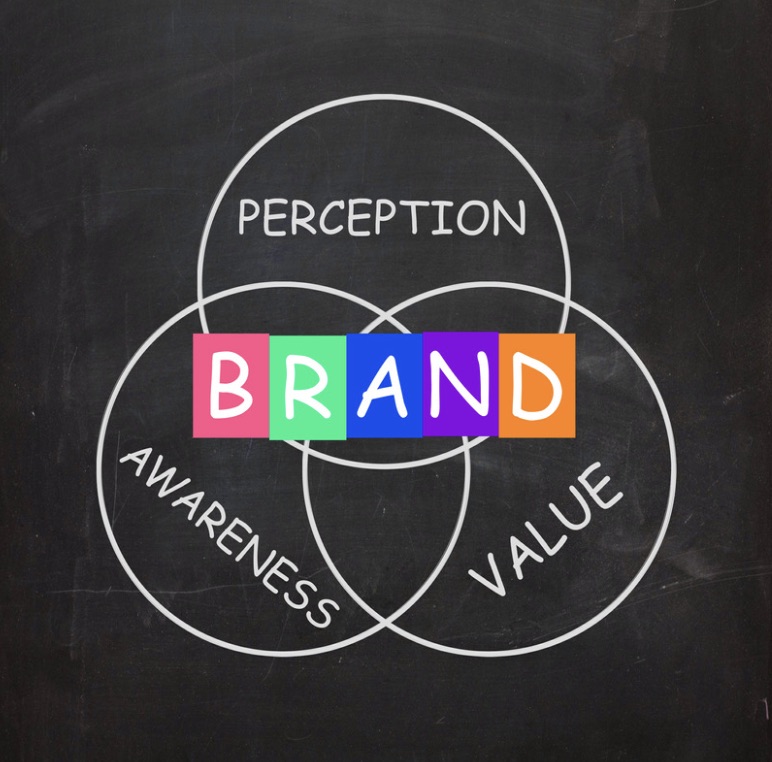Why do
you Need an Integrated Marketing Strategy?
An effective integrated marketing strategy is the lifeblood of any successful business. It’s a very comprehensive method that outlines your target market segments, how you’re going to advertise your product/service and your promotional and branding activities. It’s important to note that these areas stem from conducting market research.
Think of this concept as the magic key your business needs to raise awareness and grow. Now, let’s jump into the benefits of a well-crafted and integrated strategy and most importantly; how to successfully execute it.

The Benefits
of a Successful Integrated Marketing Strategy
1. Helps with Understanding your Target Market
So here’s the thing, the best way to know and understand your target market, is to conduct market research, which is so important when creating your strategy.
Market research is the tool your business needs to understand the wants, needs and buying patterns of your target customers. Also, it’s the key ingredient for an effective IMC (integrated marketing communication) plan.

Market research is one of the best ways to design your marketing activities and campaigns to match exactly what your target customers are looking for. When your marketing activities are aligned with your target customers’ wants and needs, your business will certainly establish a competitive advantage.
2. The Ability to Raise Brand Awareness
Raising brand awareness is a very powerful tool that’s needed for an integrated marketing strategy to work. This area is definitely worth the time, money and effort because it’s the roadmap you need to thrive in your industry. It’s a true indication of how your target audience will know about your brand and your product/service offering.

Also, it’s a great opportunity to position your brand as unique in the competitive landscape, build customer loyalty and credibility plus become highly recommended in your industry.
3. Connect and Reach your Target Market
Connecting and reaching your target audience is one of the greatest benefits you can ever gain from a well-integrated marketing strategy.
After all, we’re already in the digital age, which means that there are many channels together with several creative ways to successfully reach your target audience. Some of these channels include social media, your product/service website, mobile advertising, search engine optimization (SEO), email marketing and pay per click advertising.

You can explore these channels when executing your marketing strategy by ensuring that your marketing messages are communicated clearly and of course, consistent in the minds of your target audience.
4. Helps with Tracking your Marketing Performance
Another key benefit is the ability to track and monitor the progress of your marketing strategy. Some excellent indicators are customer engagement rate, website traffic, bounce rates and conversion rates. Tracking the performance of your marketing campaign helps to determine if it’s working or not and highlight if any improvements are needed.

This is such a huge help when creating future marketing strategies and campaigns because your strategies and campaigns will be backed by data. In addition to that, this method can help with achieving better performance and potentially a higher return on investment which is certainly a great WIN!
Now let’s move on to how to execute your integrated strategy.
How to
Successfully Execute an Integrated Marketing Strategy
1. Set Clear Goals and Objectives
The first major step and foundation when executing a well-integrated strategy is to define your goals and objectives. Ensure that your goals are SMART (specific, measurable, achievable, realistic and time-bound).
Your goals can be for instance, to raise brand awareness, increase sales or increase your customer retention rate. I would recommend making them as specific as possible by including a time frame, for example, to increase sales by 30% within a 3 or 6 month period or to increase engagement by 20% within 3 months or to increase customer retention rate by 35% within a 6 month period.

Setting clear and specific objectives will help steer you in the direction of developing a thorough action plan that will detail how you’re going to transform these objectives into reality.
2. Identify
and Define your Target Market
You should know exactly who your target market is as this is the magic ingredient you need for your integrated marketing strategy to be impactful and produce results. Also, understand their needs, interests, issues and challenges that are currently not addressed by your competitors.
This is how you can tailor your marketing messages to connect, engage and resonate with them. Once you tailor your marketing messages to what your target audience is looking for, this will encourage them to purchase your product/service offering and even become repeat customers.

Market research will definitely help you to know and understand your target audience. This can be done in the form of surveys, reviews and feedback on social media and some analytical tools such as Think with Google, Tableau and Paperform.
3. Ensure that your Brand Message is Clear and Consistent
Consistency is definitely the key when it comes to your brand message as it’s the sweet spot of your integrated marketing strategy. Your brand message must be clear, consistent and compelling across each marketing channel you use. What this means is that your brand identity and tone when delivering your marketing message must be consistent across each of your online and offline channels.

These channels include social media, website, email marketing, billboards, newspapers, magazines, radio and television just to name a few. Once, your message is clear and consistent across the board, you’ll establish trust as well as credibility and this is what will make your brand a solid one.
4. Select the Right Marketing Channels to Reach your Target Market
Once you know which platforms or channels your target audience/customers are heavily active on, you’ll certainly know which ones to choose to effectively reach them. Also, selecting the best channels to execute your integrated marketing strategy will also depend on your business objectives and the size of your budget.
Make full use of the channels your target audience/customers are heavily active on as this will help your brand build a wider reach.

5. Design a Content Marketing Strategy
Content marketing is the ideal ingredient for a well cohesive marketing strategy. Create a plan that is aligned with your business objectives and your target audience. The best way to capture and hold the attention of your target audience is to create interesting and informative content that is aligned with their interests.

Your content can range from website and blog articles, videos and social media posts. Once your content plan is well aligned with the objectives of your integrated marketing strategy and target audience, your business will definitely take off.
6. Evaluate and Adjust your Marketing Strategies
A great marketing campaign requires monitoring and consistent improvement when needed. Monitor the performance of each channel you use to gather data on customer engagement and feedback, website traffic, bounce rates, conversion rates and refine any areas if required so that you can generate the best results for your business.

An effective integrated marketing strategy is the magic tool your business needs to grow and dominate competitively. Understanding its benefits and knowing how to execute it to achieve impact and deliver results, will position your brand as one of the top go-to-brands in your industry or niche.

- Marketing
- Sales and Marketing
- Integrated Marketing Strategy